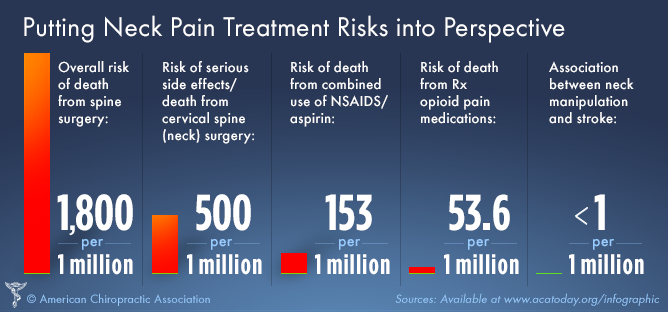Discovering The Mechanisms And Effects Of Cold Laser Treatment: An Extensive Scientific Point Of View
Discovering The Mechanisms And Effects Of Cold Laser Treatment: An Extensive Scientific Point Of View
Blog Article
Material Writer-Bendix Daley
You may have become aware of cold laser treatment as an appealing therapy alternative for different conditions, yet have you ever wondered how it really works with a mobile degree? Understanding the devices behind this treatment can clarify its effectiveness in promoting healing and decreasing inflammation. By discovering the science behind cold laser treatment, you'll get insights right into the remarkable methods which light can influence mobile processes and help with cells repair.
Exactly How Cold Laser Treatment Functions
To understand just how cold laser treatment functions, you require to realize the fundamental concepts of how light power connects with organic tissues. Cold laser therapy, additionally known as low-level laser treatment (LLLT), makes use of details wavelengths of light to penetrate the skin and target hidden cells. Unlike the extreme lasers made use of in surgical procedures, cold lasers release reduced levels of light that do not generate warmth or trigger damages to the cells.
When these gentle light waves reach the cells, they're taken in by components called chromophores, such as cytochrome c oxidase in mitochondria. This absorption sets off a series of biological actions, including increased mobile power manufacturing and the launch of nitric oxide, which boosts blood circulation and decreases swelling.
Furthermore, the light energy can likewise stimulate the production of adenosine triphosphate (ATP), the energy currency of cells, aiding in cellular repair and regrowth procedures.
Basically, cold laser treatment uses the power of light power to advertise recovery and ease pain in a non-invasive and mild manner.
Devices of Action
How does cold laser therapy really work to create its healing effects on biological cells?
Cold laser treatment, likewise referred to as low-level laser therapy (LLLT), runs via a process referred to as photobiomodulation. When the cold laser is related to the skin, the light power passes through the cells and is taken in by chromophores within the cells.
These chromophores, such as cytochrome c oxidase in the mitochondria, are after that boosted by the light power, causing a waterfall of biological reactions. One crucial system of action is the enhancement of mobile metabolism.
The absorbed light energy enhances ATP manufacturing in the mitochondria, which is vital for cellular function and repair service. In addition, cold laser treatment helps to lower swelling by inhibiting inflammatory conciliators and advertising the release of anti-inflammatory cytokines.
This anti-inflammatory result contributes to discomfort alleviation and tissue healing.
Restorative Impacts
Comprehending the healing results of cold laser treatment entails acknowledging exactly how the enhanced cellular metabolic rate and anti-inflammatory residential properties contribute to its favorable results on biological tissues.
When the cold laser is applied to the affected location, it boosts the mitochondria within the cells, leading to increased manufacturing of adenosine triphosphate (ATP), which is crucial for mobile function and repair work. This boost in mobile energy accelerates the recovery procedure by promoting cells regeneration and lowering swelling.
Additionally, laser beard shaping -inflammatory residential or commercial properties of cold laser treatment help to lower pain and swelling in the targeted area. By inhibiting inflammatory moderators and advertising the release of anti-inflammatory cytokines, cold laser therapy aids in relieving discomfort and improving the overall healing action.
This reduction in inflammation not just offers immediate alleviation but also supports long-lasting tissue repair work.
Conclusion
In conclusion, cold laser therapy functions by promoting cellular repair work and cells regeneration via photobiomodulation. Its anti-inflammatory residential properties provide pain relief and minimize swelling by preventing inflammatory moderators.
This therapy supplies an extensive technique to healing, delivering both immediate alleviation and long-term cells repair work advantages.
Through its devices of action, cold laser treatment shows to be an effective and promising therapy alternative for a range of conditions.
